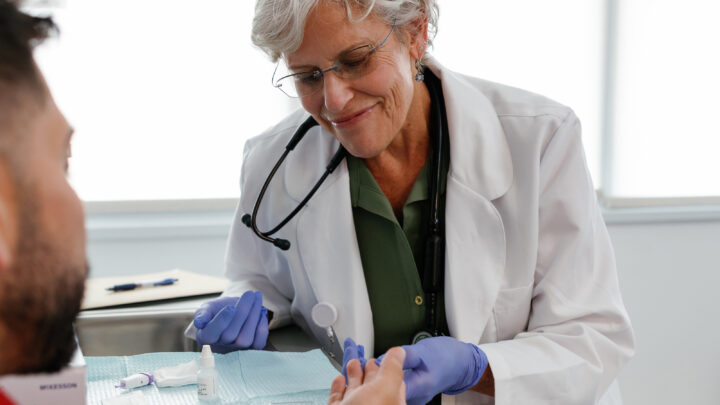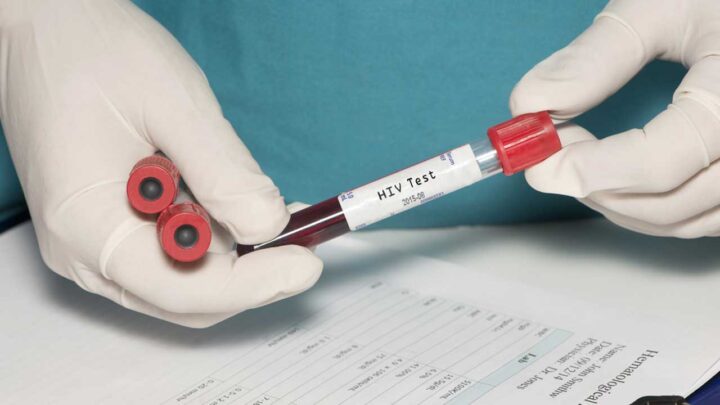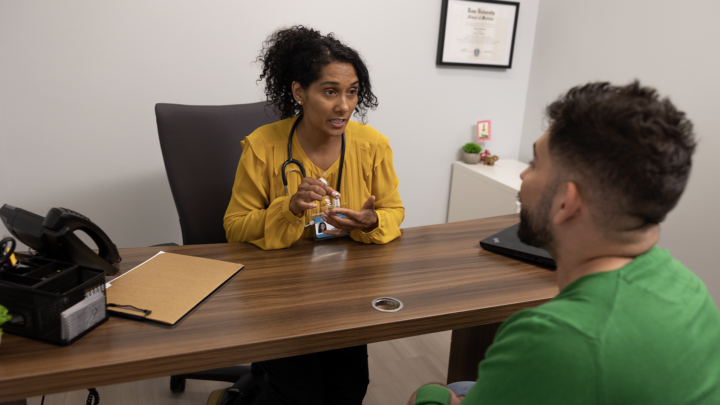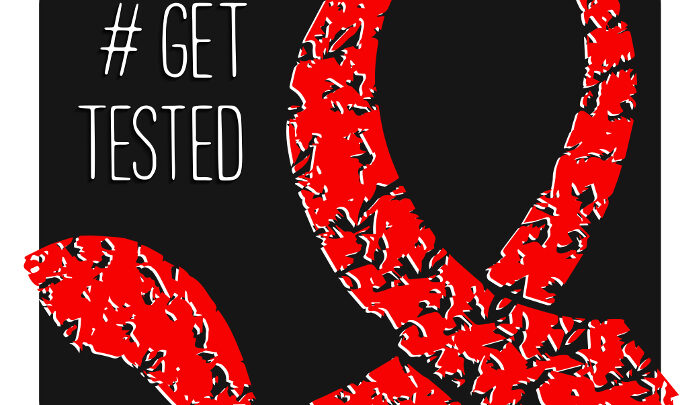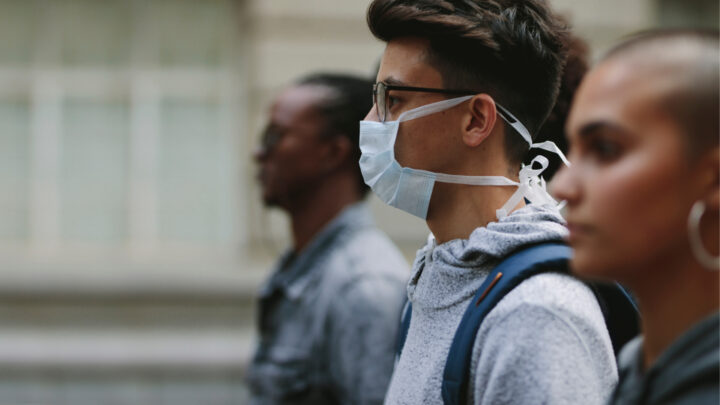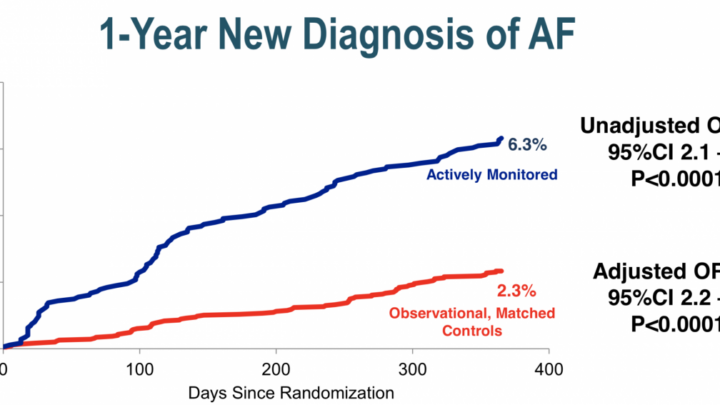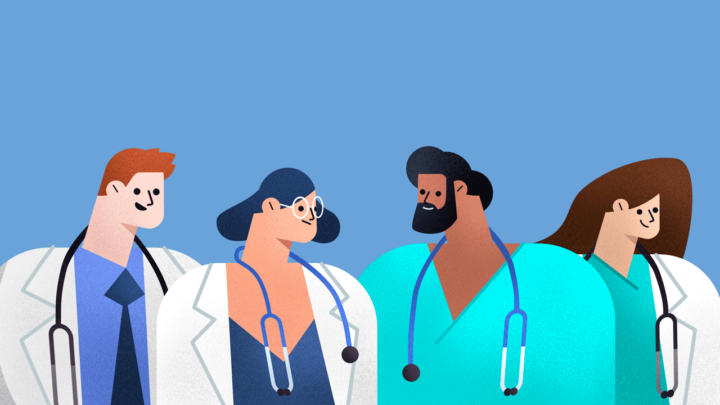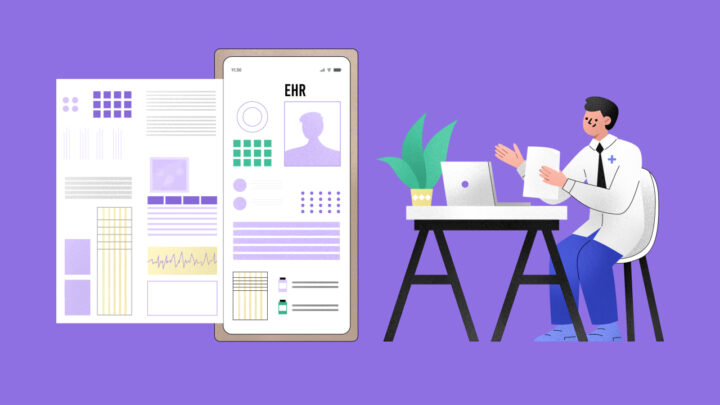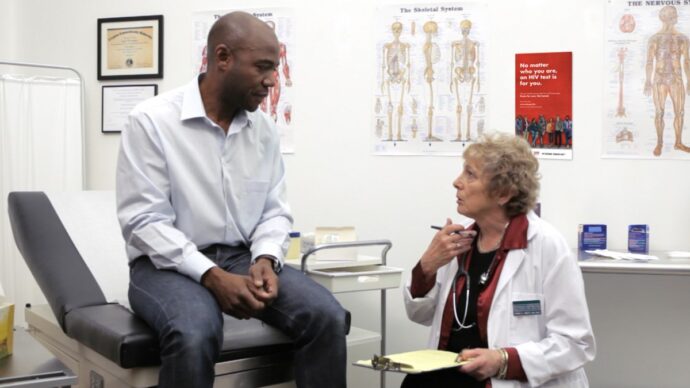
Blog post provided by the Centers for Disease Control and Prevention (CDC)
In February 2019, agencies across the U.S. Department of Health and Human Services, including the Centers for Disease Control and Prevention (CDC), announced their commitment to Ending the HIV Epidemic in the United States within the next 10 years. Achieving this goal will require continued dedication from health care providers on the front lines. An essential step is routinely screening all patients for HIV and linking people who test positive to treatment and people who test negative to prevention resources, including pre-exposure prophylaxis and syringe service programs.
A recently released CDC Morbidity and Mortality Weekly Report (MMWR) indicates that HIV testing is well below where it needs to be in the United States, even in areas with a high burden of HIV and among populations known to be at high risk. This highlights the importance of screening to reduce new HIV infections. The report notes that HIV screening coverage in the United States remains low despite longstanding universal lifetime screening recommendations.
July 21 is National Clinicians HIV/AIDS Testing and Awareness Day. CDC encourages providers to renew their commitment on this day – and year round – to follow recommendations2 to screen all patients for HIV at least once and more frequently for patients who may be at higher risk.
Screen early and often
HIV screening and early diagnosis are critical to improve health outcomes for people with HIV and reduce the number of new infections. However, many people who should be getting screened for HIV aren’t. More than 75% of patients at high risk for HIV who saw a primary care provider in the last year were not offered an HIV test during their visit.
CDC recommends that everyone between the ages of 13 and 64 get tested for HIV at least once in their lifetime as part of routine health care. People at high risk for HIV should get tested at least once a year. Some sexually active gay and bisexual men may benefit from more frequent testing (every 3 to 6 months).
Every patient represents a new opportunity to screen for HIV. And routine, opt-out screening helps to remove the stigma associated with HIV testing.
Know the numbers
- There are nearly 40,000 new HIV infections each year.
- 1 in 7 people with HIV in the United States are unaware of their status.
- Many people have HIV for years before they know it. In 2015, 50% of people had been living with HIV for at least 3 years, and a quarter had been living with HIV 7 years or more.4
Tools to help screen your patients for HIV
CDC has information and tools that can help you integrate routine HIV screening into your practice.
Access the most up-to-date CDC HIV screening guidelines at www.cdc.gov/ScreenforHIV.
Read the MMWR on the importance of routine screening at https://www.cdc.gov/mmwr/volumes/68/wr/mm6825a2.htm.
Ending the HIV Epidemic Starts with HIV ScreeningJoin the conversation to #ScreenforHIV at www.facebook.com/cdchiv/.


